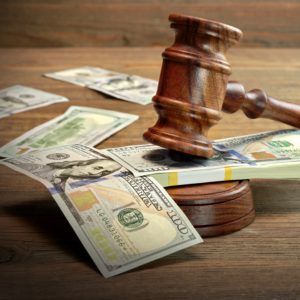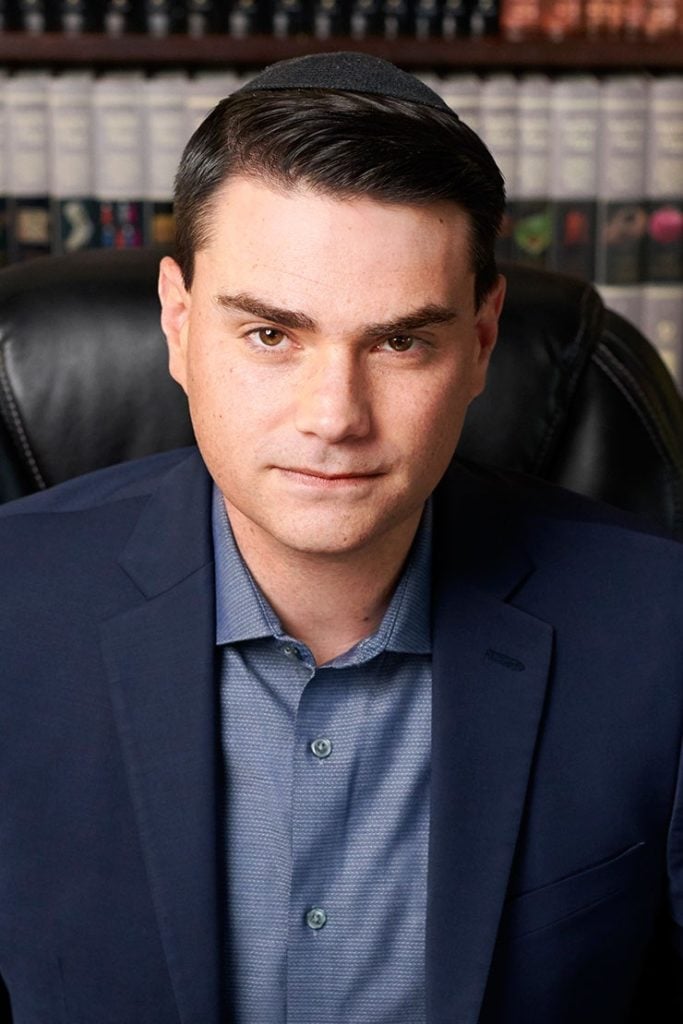Legal reform advocates nationwide recognize October as “Lawsuit Abuse Awareness Month.” This year, the U.S. Supreme Court can help highlight and address the scourge of lawsuit abuse by reviewing an astounding $80 million judgment against Bayer subsidiary, Monsanto.
With outrageous multi-million-dollar judgments becoming more commonplace, it’s easy to see how lawsuit abuse wipes out an estimated $435.6 billion in overall economic activity each year.
In 2018, a California jury decided that one of the world’s most popular pesticides, Monsanto’s Roundup weedkiller, caused cancer. With 29,000 copycat cases still pending (of the 125,000 originally filed), the attack against the glyphosate-based product is on track to become one of history’s biggest and most notorious mass torts – and it’s unfortunately based in junk science.
The world’s major environmental regulators long have agreed that the essential crop-protection product does not cause cancer. European Union regulators repeatedly certify its safety, as have regulators in Canada, Australia, New Zealand, and our own U.S. Environmental Protection Agency. But in 2015, one small, obscure agency of the United Nation’s World Health Organization, the International Agency for Research on Cancer (IARC), labeled glyphosate a “probable carcinogen,” creating an uproar among scientists and environmental officials.
It later emerged that IARC dismissed evidence of glyphosate’s safety while amplifying and mischaracterizing other data to suggest conclusions that no other rigorous study has found. It turns out, a key consultant on the 2015 study, Christopher Portier, was simultaneously on the payroll of American class action lawyers. While the lawyers worked to launch the glyphosate litigation, Portier was instrumental in steps leading to the product’s cancer designation.
Beyond IARC’s questionable scientific methods and Portier’s double-teaming, Monsanto’s appeal deserves the ear of the U.S. Supreme Court for yet another reason – the role played by a polluted jury pool in the massive judgment.
The trial bar runs in packs, targeting not just individual companies, but entire industries. It’s clear they’ve zeroed in on their latest prey – the agricultural technology industry. Class action suits are popping up nationwide against essential crop protection products that aid the nutrition and health of virtually all Americans. Now, trial lawyers are targeting the weedkiller Paraquat, claiming, against all evidence, that the product causes Parkinson’s disease.
And for the lawyers who haven’t gotten in on the agricultural attack yet, they’re now claiming another insecticide, neonicotinoids, is driving bee extinction – even as bee populations increase.
Unfortunately, these are but a few examples of tactics routinely used to poison the environment of public opinion, sometimes before cases are even filed.
Many of the “classes” in major class action cases are, in fact, the result of coast-to-coast advertising campaigns. Everyone knows the ads: “If you’ve used X, you may be entitled to compensation.”
In the first half of 2021, as my organization, the American Tort Reform Association (ATRA) reports, law firms spent $66.7 million on more than 700,000 local legal services advertisements in California. A survey by Trial Partners, Inc. found that “72 percent of jurors agreed somewhat or strongly that if there are lawsuits against a company claiming its products injured people, then there is probably truth to the claim…”
These ads aren’t just tools for recruiting plaintiffs – they predispose jurors before they actually become jurors.
But advertising is expensive. Who supplies the dollars? For many of the bigger cases, they originate with a network of global investors.
In 2013, a hedge fund trade publication ran an article titled “The Emerging Market in Litigation Funding,” saying litigation was a “very attractive asset class.” It was right. Life has been good for litigation finance since then.
In August, prominent lawsuit investor Burford Capital reported a 95 percent annual return on invested capital and $500 million in new capital commitments. Australia-based Omni Bridgeway terms itself the global leader in litigation funding, with its website providing a state-by-state rundown on the litigation finance environment in the U.S.
In knowledgeable circles, such hedge funds are understood to back virtually every major class action active today. An ongoing complaint about class actions is that members of the classes get pennies while attorneys get millions. We now know that the investors behind these cases make 95 percent annually on their money.
The Supreme Court must step in and make it clear that these abuses of our civil justice system will not be tolerated. But, if junk science prevails in cases like the mass torts surrounding Roundup, the only real winners will be lawyers and their wealthy financiers.

























One Response
Thanks for an honest and accurate evaluation of the tort system and the facts specific to the roundup cases. You could have added the inherent bias of low life judges like chabria, who should have tossed the suits for lack of evidence. There are reasons for filing cases in the looney bin called California. That said, I think the tort system has degenerated to the point where reform will fail.